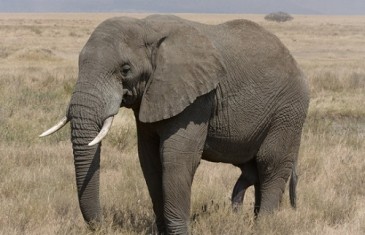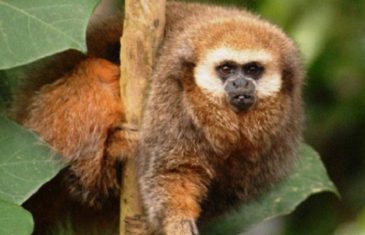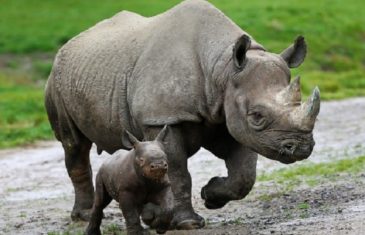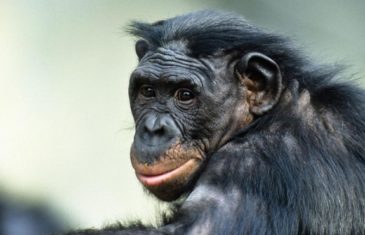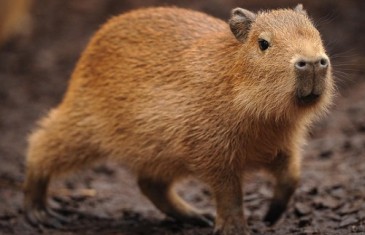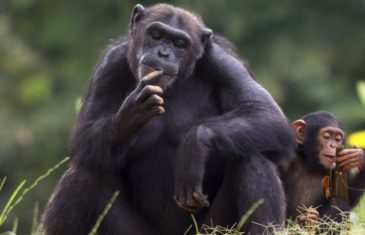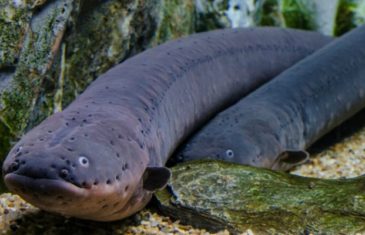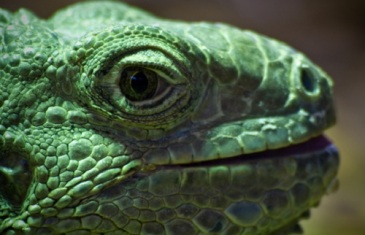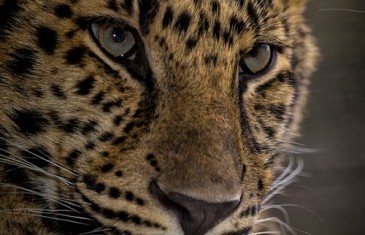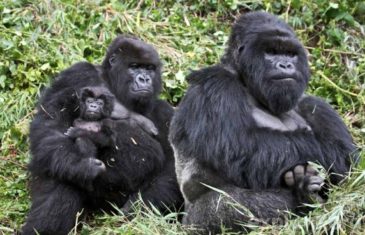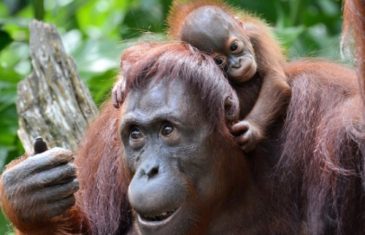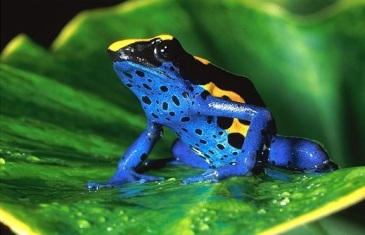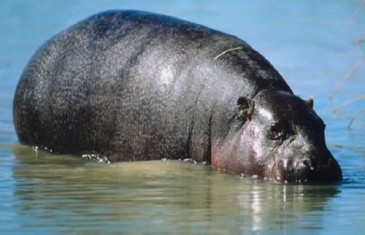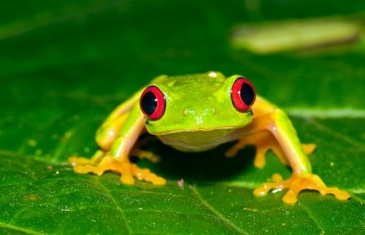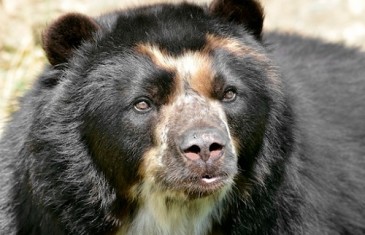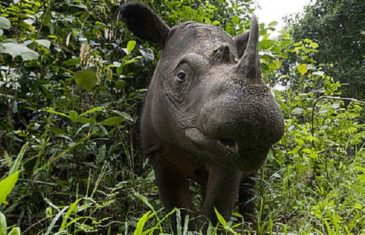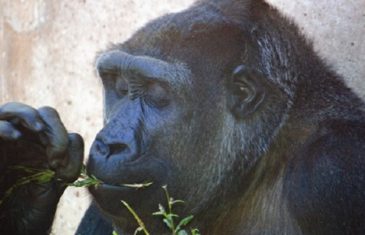Name Common name: African Scientific name: Loxodonta africana Physical Features African elephants are the largest and heaviest on earth. They have larger ears than the and they are shaped like the continent of Africa. Each ear can measure 4 ft or 1.2 m across. Their large ears are used to control their body temperature. They […]
Read moreTaxonomy Kingdom: Animalia Phyllum: Chordata Class: Mammalia Order: Sirenia Family: Trichechidae Genus: Trichechus Species: Trichechus inunguis o o Name Common name: Amazonian manatee, South American manatee, Amazon sea cow. Scientific name: Trichechus inunguis. Physical Features The Amazonian manatee is the smallest of the three living species of the Trichechus genus, the West Indian manatee […]
Read moreo o Interesting Facts The Andean Titi Monkey belongs to the genus Callicebus. There are 30 species of titis that belong to this genus. The Andean Titi is locally known as “mono tocon” or in the native Awajun language as the “sugkamat”. Their tails are longer than their bodies. Name Scientific Name: Callicebus oenanthe Common Name: San Martin […]
Read moreKingdom Phylum Class Order Family Genus Species Animalia Chordata Mammalia Perissodactyla Rhinocerotidae Diceros D. bicornis o o Conservation The IUCN Red List of Threatened Species lists the Black Rhino as Critically Endangered. The species is listed on CITES Appendix I. International trade in Black Rhinos and their products is prohibited. Fun Facts about Rhinos […]
Read moreInteresting Facts The last common ancestor of today’s apes and humans lived about 18 million years ago. Humans and Pan (chimps and bonobos) diverged 5 to 8 million years ago. One explanation for the genetic separation between bonobos and is the formation of the Congo River about 1.5 million years ago which divided the population preventing […]
Read moreTaxonomy Kingdon: Animalia Phylum: Chordata Class: Mammalia Order: Rodentia Family: Caviidae Genus: Hydrochoerus Species: Hydrochoerus hydrochaeris Name Common Name: Capybara Scientific Name: Hydrochoerus hydrochaeris o o Distribution and Habitat Capybaras are distributed throughout the basins of the Orinoco, Amazon, San Francisco and La Plata Rivers. Water and temperature are the main factors in its distribution. […]
Read moreInteresting Facts Genetic studies show that chimpanzees and humans share a common ancestor and 98% of genes. Because we are so similar chimpanzees get many infectious diseases that humans get. Chimps belong to the group of greater apes along with gorillas, bonobos and . They are stronger than humans because of the way neurons activate […]
Read moreInteresting Facts Electric eels are not true eels but they have a strong resemblance to true eels (Anguilliformes). They are Gymnotiformes commonly known as South American knifefish or neotropical fish. These fish can produce up to 650 volts of electricity enough to severely injure humans and other animals. Male electric eels make a nest with […]
Read moreTaxonomy Kingdom Phylum Class Order Family Genera Animalia Chordata Mammal Proboscidea Elephantidae Loxodonta Elephas 0 0 Distribution and Habitat There are two subspecies of elephants: and Asian elephant (Eliphas maximus). are distributed throughout sub-Saharan Africa and found in 37 countries. Asian elephants are found throughout South Asia and Southeast Asia. Elephants need a vast habitat […]
Read moreName Common name: Giant otter, giant Brazilian otter, giant river otter. Scientific name: Pteronura brasiliensis Population The IUCN Otter Specialist Group estimates a total wild population of 1,000 to 5,000 individuals and an estimated decrease in population of 50% over the next 20 years. Taxonomy Kingdom: Animalia Phylum: Chordata Class: Mammalia Order: Carnivora Family: Musteliadae Subfamily: […]
Read moreTaxonomy Kingdom: Animalia Phulum: Chordata Class: Reptilia Order: Squamata Suborder: Serpentes Family: Boidae Genus: Eunectes Species: Eunectes murinus 0 0 Name Common name: Green anaconda. Scientific name: Eunectes murinus 0 Habitat and Distribution The green anaconda is a non-venomous boa species found in South America. It is also known as the common anaconda or water boa because […]
Read moreTaxonomy Kingdom Phylum Class Order Family Genus Species Animalia Chordata Reptilia Squamata Iguanidae Iguana Iguana Iguana 0 0 Name Scientific name: Iguana iguana Common name: Green iguana, common iguana. Habitat and Distribution The green iguana is a species of lizard native to the tropical rainforests of South America and Central America. Its native range […]
Read moreTaxonomy Kingdom Phylum Class Order Family Genus Species Animalia Chordata Mammalia Carnivora Felidae Panthera Panthera pardus o o Name Scientific name: Panthera pardus. Panthera is derived from the Latin word panthera or the Greek word panther meaning “panther, leopard”. Pardus is derived from the Latin pardus or from the Greek pardos meaning “male panther”. Common […]
Read moreInteresting Facts about Gorillas Gorillas are our closest relatives. They share 98% of our genome. American zoologist George B. Schaller was the first scientist to study and observed gorillas. He published his findings in his book “The Mountain Gorilla: Ecology and Behavior” Taxonomy Kingdom: Animalia Phylum: Chordata Class: Mammalia Order Primates Suborder: Haplorhini Family: […]
Read moreInteresting Facts The two species of orangutan, Sumatran Orangutan (pongo abelii) and Borneo Orangutan (pongo pygmaeus), genetically diverged about 1.5 million years ago. Orangutans have 32 teeth, the same amount as humans. It is believed that humans and apes had a common ancestor 15 million years ago. They share 97% of their DNA with humans. Orangutans are […]
Read moreWhat is in a name? Local Amerindians in the Amazon rainforest used toxins from the skin of these frogs to poison the tips of their blow darts, therefore the name poison dart frog. Taxonomy Kingdon: Animalia Phylum: Chordata Class: Amphibia Order Anura Suborder: Neobatrachia Family: Dendrobatidae 0 Physical Features Poison dart frogs have bright colorful […]
Read moreTaxonomy Kingdom: Animal Phylum: Chordata Class: Mammalia Order: Artiodactyla Family: Hippopotamidae Genus: Choeropsis Species: Choeropsis liberiensis o o 0 Population The IUCN estimates a population of less than 3,000 individuals with a projected decline of 20% over the next 20 years. Name Scientific name: Hexaprotodon liberiensis or Choeropsis liberiensis. Choeropsis from the Greek “having the […]
Read moreKingdom Phylum Class Order Family Genus Species Animalia Chordata Amphibia Anura Hylidae Agalychnis Agalychnis callidryas 0 0 Name Scientific name: Agalychnis callidryas. Common Name: Red eyed tree frog or Red eyed leaf frog. Range and Habitat The red eyed tree frog, also known as red eyed leaf frog, is an amphibian native to Central American countries, […]
Read moreTaxonomy Kingdom: Animalia Phylum: Chordata Class: Mammalia Order: Carnivora Family: Ursidae Genus: Tremarctos Species: Tremarctos ornatus . . Name Scientific name: Tremarctos ornatus Common name: Spectacled bear, Andean bear, jukumari (Aymara), ukumari (Quechua), Ukuku. Distribution and Habitat The spectacled bear is the only surviving bear species endemic to South America. Its distribution is concentrated in […]
Read moreInteresting Facts A calf born in the Cincinnati Zoo in Ohio was the first Sumatran Rhinoceros born in captivity in over 100 years. There are fewer than 250 Sumatran Rhinoceros in the wild, they are so endangered that they are one of the rarest large mammals in the world. There are five types of rhinoceros: […]
Read moreTaxonomy Kingdom: Animalia Phyllum: Chordata Class: Mammalia Order: Carnivora Family: Ursidae Genus: Helarctos Species: Helarctos malayanus oName Scientific name: Helarctos malayanus. Common name: Honey bear, sun bear. Named for its distinctive sun like colored chest patch. Distribution and Habitat Its range covers the countries of Bangladesh, Brunei, Cambodia, China, India, Indonesia, Laos, Malaysia, […]
Read moreInteresting Facts about Gorillas Gorillas develop twice as fast as humans. Gorillas share 95% of our human genome. A group of gorillas is called troop. The Western Lowland Gorilla is the subspecies that is often found in zoos. American zoologist George B. Schaller was the first scientist to study and observe gorillas. He published […]
Read more